Home>Furniture & Design>Outdoor Furniture>How To Replace An Outdoor Light Bulb
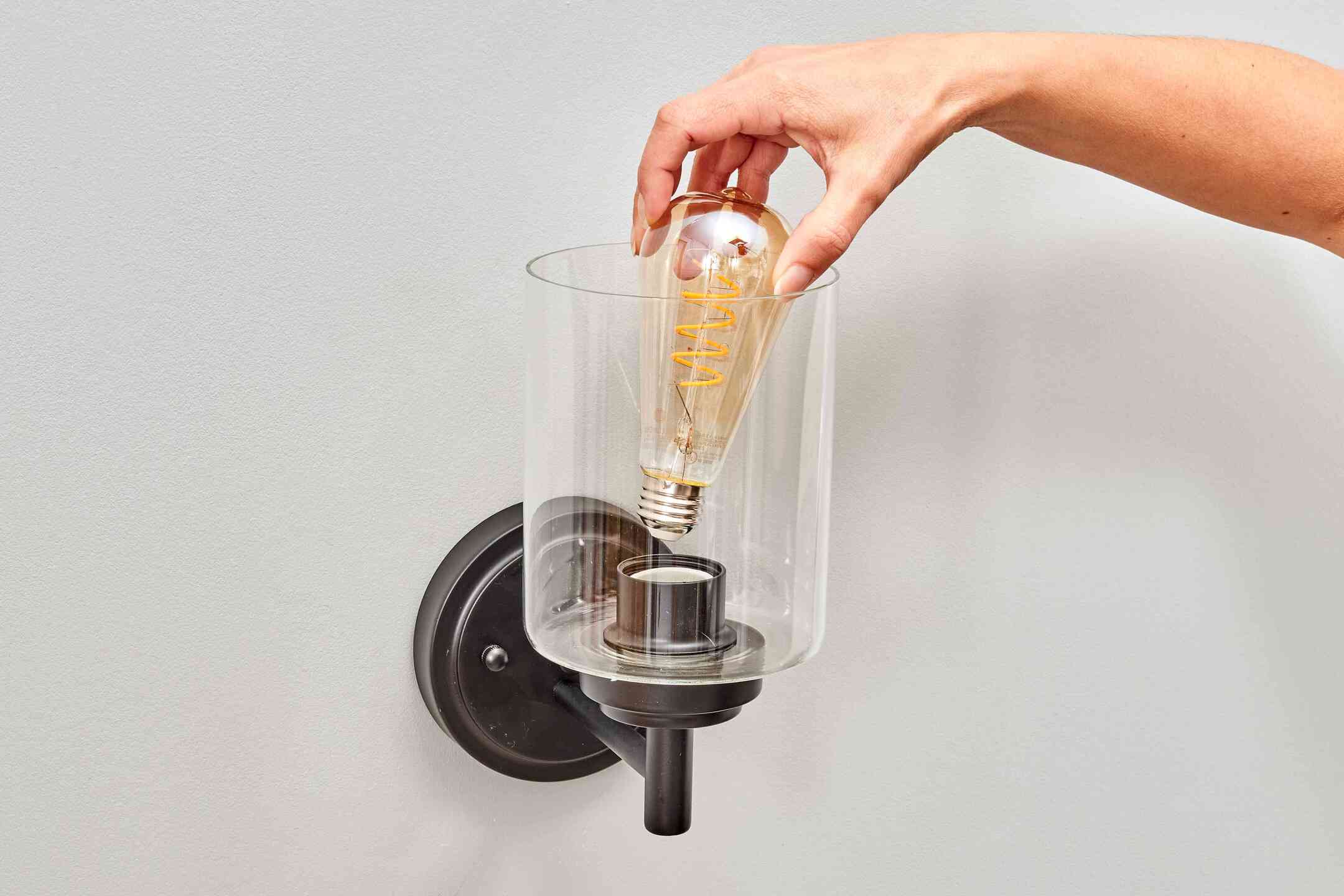

Outdoor Furniture
How To Replace An Outdoor Light Bulb
Published: January 15, 2024
Learn how to easily replace an outdoor light bulb with our step-by-step guide. Keep your outdoor furniture well-lit and functional. Outdoor-furniture-furniture-and-design.
(Many of the links in this article redirect to a specific reviewed product. Your purchase of these products through affiliate links helps to generate commission for Storables.com, at no extra cost. Learn more)
Introduction
When it comes to outdoor lighting, a burnt-out bulb can dim the ambiance and compromise the safety of your outdoor space. Whether you're a seasoned DIY enthusiast or a novice homeowner, knowing how to replace an outdoor light bulb is a valuable skill that can save you time and money. With a few simple steps and the right tools, you can brighten up your outdoor area and create an inviting atmosphere for relaxing evenings or entertaining guests.
In this guide, we'll walk you through the process of replacing an outdoor light bulb, from gathering the necessary tools and materials to safely turning off the power and handling the replacement. By the end of this article, you'll feel confident in your ability to tackle this task and keep your outdoor lighting shining brightly. So, let's dive in and shed some light on this essential outdoor maintenance task!
Key Takeaways:
- Safety First!
Before replacing an outdoor light bulb, gather the right tools, turn off the power, and handle the old bulb with care to ensure a safe and successful process. - Brighten Up Your Space
By following the steps to replace an outdoor light bulb, you can create a welcoming atmosphere and maintain a captivating outdoor environment for relaxation and entertaining.
Read more: How To Replace Light Bulb In Outdoor Decor
Step 1: Gather Necessary Tools and Materials
Before you begin the process of replacing an outdoor light bulb, it’s essential to gather the necessary tools and materials to ensure a smooth and efficient experience. Here’s what you’ll need:
- Replacement Bulb: The first step is to identify the type and size of the bulb needed for your outdoor fixture. Whether it’s an incandescent, LED, or CFL bulb, make sure to select the appropriate replacement to match the specifications of your current bulb.
- Ladder or Step Stool: Depending on the height of your outdoor light fixture, you may need a stable and secure platform to reach the bulb. Safety should always be a priority when using a ladder or step stool, so choose one that is suitable for outdoor use and provides a stable footing.
- Gloves: It’s a good practice to wear gloves, especially if the old bulb is broken or difficult to remove. This can protect your hands from sharp edges and prevent any potential injuries during the replacement process.
- Safety Glasses: To safeguard your eyes from debris or glass particles, consider wearing safety glasses when handling the old bulb and inserting the new one. While outdoor light bulbs are designed to be durable, taking precautions is always a wise decision.
- Screwdriver or Wrench: Depending on the type of outdoor fixture, you may need a screwdriver or wrench to access the bulb compartment. Check the fixture’s manual or visually inspect it to determine the appropriate tool for opening the housing.
- Clean Cloth or Paper Towels: Before installing the new bulb, it’s essential to ensure that the socket and surrounding area are clean and free of dust or debris. Having a clean cloth or paper towels on hand will help you prepare the fixture for the new bulb.
By gathering these tools and materials before you begin, you’ll set yourself up for a successful and hassle-free outdoor light bulb replacement process. With everything at your disposal, you can proceed with confidence and efficiency, knowing that you’re well-prepared for the task at hand.
Step 2: Turn Off the Power
Prior to replacing the outdoor light bulb, it is crucial to ensure the safety of the electrical circuit by turning off the power supply to the fixture. This step is fundamental in preventing electrical shocks and creating a secure environment for the replacement process. Here’s how to safely turn off the power:
- Locate the Circuit Breaker: Identify the circuit breaker in your electrical panel that controls the power supply to the outdoor light fixture. The circuit breaker should be clearly labeled for easy identification. If the labeling is unclear, consider using a non-contact voltage tester to verify which breaker controls the specific circuit.
- Switch Off the Circuit Breaker: Once you’ve located the correct circuit breaker, switch it to the "off" position to cut off the power supply to the outdoor light. It’s advisable to use a flashlight or a portable light source during this step, especially if you’re performing the task during the evening or in low-light conditions.
- Test the Fixture: After turning off the power, it’s prudent to confirm that the outdoor light is no longer receiving electricity. You can do this by attempting to turn on the light switch associated with the fixture. If the power has been successfully cut off, the light should not illuminate, indicating that the circuit is deactivated.
By following these steps, you can effectively disable the power supply to the outdoor light, mitigating the risk of electrical accidents during the bulb replacement process. Prioritizing safety at this stage sets the foundation for a secure and controlled environment as you proceed with the subsequent steps of the replacement procedure.
Step 3: Remove the Old Bulb
With the power supply safely turned off, you can now proceed to remove the old bulb from the outdoor light fixture. This step requires careful handling to avoid breakage and ensure a smooth extraction process. Here’s a systematic approach to removing the old bulb:
- Allow the Bulb to Cool: If the outdoor light was recently in use, it’s important to allow the bulb to cool down before attempting to remove it. Touching a hot bulb can result in burns or injuries, so exercise caution and patience during this waiting period.
- Access the Bulb Compartment: Depending on the design of your outdoor fixture, you may need to open a panel, remove a cover, or unscrew a housing to access the bulb compartment. Refer to the manufacturer’s instructions or visually inspect the fixture to determine the appropriate method for accessing the bulb.
- Remove the Old Bulb: Once you have clear access to the bulb, carefully unscrew or unclip the old bulb from its socket. If the bulb is a screw-in type, turn it counterclockwise to release it from the socket. For other types of bulbs, follow the specific removal instructions provided by the manufacturer.
- Dispose of the Old Bulb: After successfully removing the old bulb, it’s important to dispose of it properly. If the bulb is non-functional but intact, consider recycling it at a designated recycling facility. If the bulb is broken or damaged, follow the appropriate disposal guidelines for hazardous waste in your area.
By following these steps, you can safely and effectively remove the old bulb from your outdoor light fixture, paving the way for the next crucial phase of the replacement process. Handling the old bulb with care and attention not only ensures a smooth removal but also promotes environmental responsibility in the disposal process.
When replacing an outdoor light bulb, make sure to turn off the power to the fixture before unscrewing the old bulb. Use a ladder if needed and wear gloves to protect your hands from any broken glass.
Step 4: Insert the New Bulb
Now that the old bulb has been removed, it’s time to proceed with inserting the new bulb into the outdoor light fixture. This step involves precision and attention to detail to ensure a secure and functional placement of the replacement bulb. Follow these guidelines to seamlessly insert the new bulb:
- Select the Correct Replacement Bulb: Before inserting the new bulb, verify that it matches the specifications of the previous bulb in terms of type, size, and wattage. Using an incompatible bulb can lead to performance issues and potential damage to the fixture, so it’s crucial to select the appropriate replacement.
- Clean the Socket and Surrounding Area: Prior to inserting the new bulb, inspect the socket and surrounding area for any debris or residue. Use a clean cloth or paper towels to gently remove any dirt or foreign particles that may affect the connection or functionality of the new bulb.
- Insert the New Bulb: Carefully position the new bulb at the socket, ensuring a snug and secure fit. For screw-in bulbs, rotate the new bulb clockwise until it is firmly seated in the socket. If the bulb is a push or twist type, follow the specific insertion instructions provided by the manufacturer.
- Secure the Bulb Compartment: After inserting the new bulb, reassemble or secure the bulb compartment as per the fixture’s design. This may involve replacing a cover, reattaching a panel, or tightening a housing to protect the newly installed bulb and ensure the integrity of the fixture.
By following these steps, you can successfully insert the new bulb into your outdoor light fixture, restoring its functionality and illuminating your outdoor space once again. Attention to detail and adherence to the manufacturer’s specifications are key in this phase, ensuring a seamless transition to the final step of the replacement process.
Read more: How To Replace Pool Light Bulb
Step 5: Turn On the Power and Test the Light
With the new bulb securely in place, it’s time to restore power to the outdoor light fixture and verify that the replacement has been successful. This pivotal step involves reactivating the power supply and conducting a thorough test to ensure that the light is functioning optimally. Follow these steps to complete the replacement process:
- Turn On the Circuit Breaker: Return to the electrical panel and switch the circuit breaker associated with the outdoor light fixture to the "on" position. As the power supply is restored, be mindful of any potential indicators of electrical issues, such as flickering lights or unusual sounds, and promptly turn off the power if such signs are observed.
- Test the Light Switch: Once the power is reinstated, head to the light switch connected to the outdoor fixture and flip it to the "on" position. Observe the fixture closely to confirm that the new bulb illuminates as expected. If the light fails to turn on, revisit the previous steps to ensure that the bulb is properly inserted and the power supply is functioning correctly.
- Check for Proper Functionality: After the light is turned on, assess its brightness, color, and overall performance to ensure that the new bulb is operating as intended. If the light appears dim, flickers, or exhibits any irregular behavior, it may indicate an issue with the bulb or the fixture that requires further examination.
By following these steps, you can effectively turn on the power and test the newly installed bulb, confirming that your outdoor light fixture is once again providing the desired illumination and enhancing the ambiance of your outdoor space. This final phase of the replacement process validates the success of your efforts and allows you to enjoy the benefits of a fully functional outdoor light.
Conclusion
Congratulations! By following the comprehensive steps outlined in this guide, you have successfully replaced the outdoor light bulb, revitalizing the illumination of your outdoor space and ensuring a welcoming environment for various activities, from relaxing evenings to outdoor gatherings. As you reflect on the completion of this task, it’s essential to acknowledge the valuable skills and knowledge acquired throughout the process.
Not only have you demonstrated the ability to navigate the technical aspects of bulb replacement, but you’ve also prioritized safety, attention to detail, and environmental responsibility. These principles are integral to maintaining the functionality and longevity of your outdoor lighting fixtures, contributing to a secure and sustainable living environment.
As you bask in the renewed radiance of your outdoor light, consider sharing your newfound expertise with friends, family, or neighbors who may benefit from similar guidance. Your experience and insights can empower others to tackle maintenance tasks with confidence and proficiency, fostering a culture of proactive care for outdoor amenities.
Remember that regular maintenance and periodic inspections of outdoor lighting fixtures can help identify issues early and prevent potential hazards, ensuring the ongoing enjoyment and safety of your outdoor living spaces. By staying attentive to the condition of your outdoor lights and promptly addressing any maintenance needs, you can uphold a captivating and secure outdoor environment for your household and guests.
With the knowledge and skills gained from this experience, you are well-equipped to handle future outdoor light bulb replacements and contribute to the well-being of your outdoor living area. Embrace the sense of accomplishment that comes with maintaining and enhancing your outdoor space, and continue to explore opportunities for enriching and preserving your home’s exterior ambiance.
Thank you for embarking on this enlightening journey of outdoor light bulb replacement. May your outdoor spaces continue to shine brightly, creating memorable moments and fostering a sense of warmth and hospitality for all who gather within them.
Frequently Asked Questions about How To Replace An Outdoor Light Bulb
Was this page helpful?
At Storables.com, we guarantee accurate and reliable information. Our content, validated by Expert Board Contributors, is crafted following stringent Editorial Policies. We're committed to providing you with well-researched, expert-backed insights for all your informational needs.
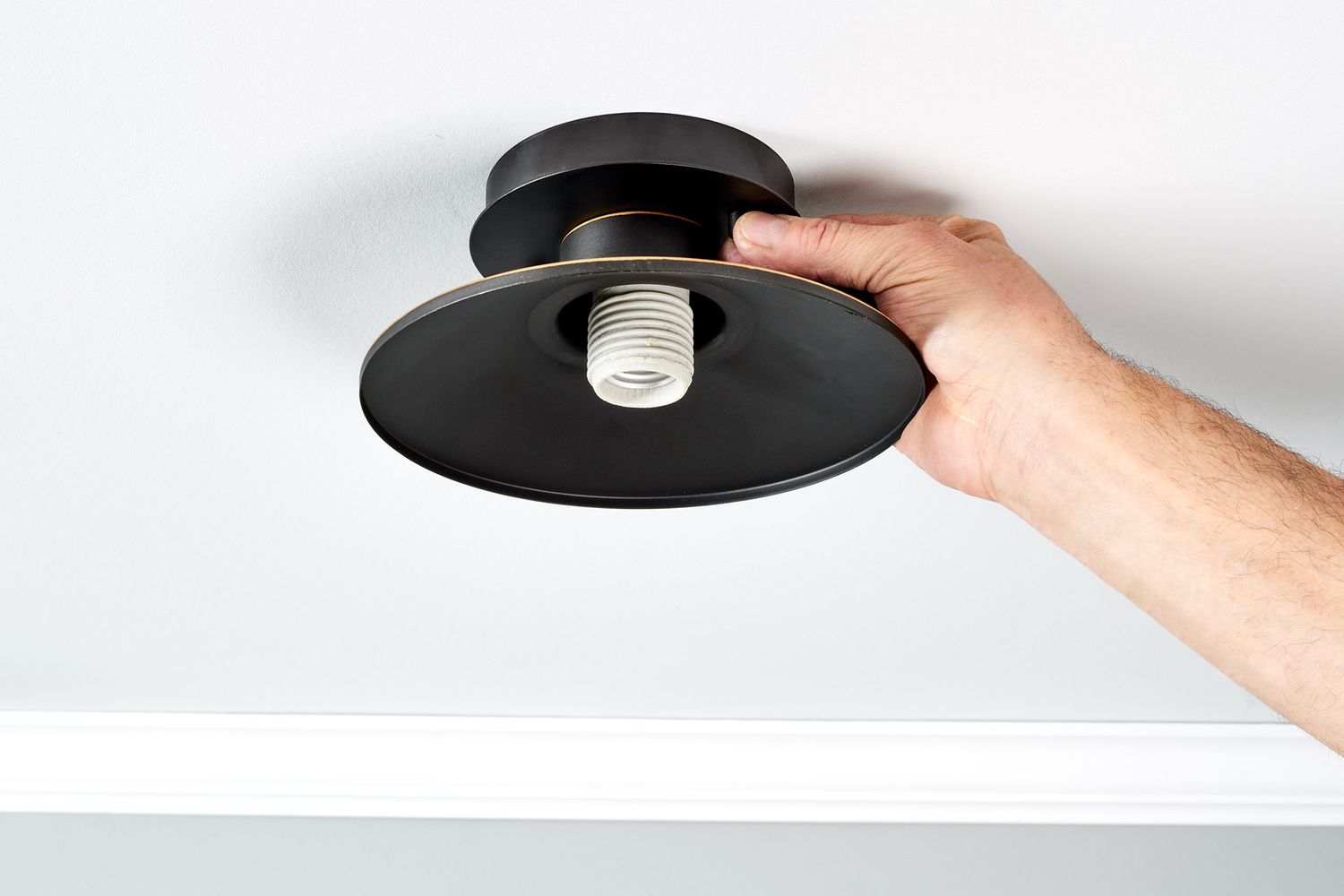
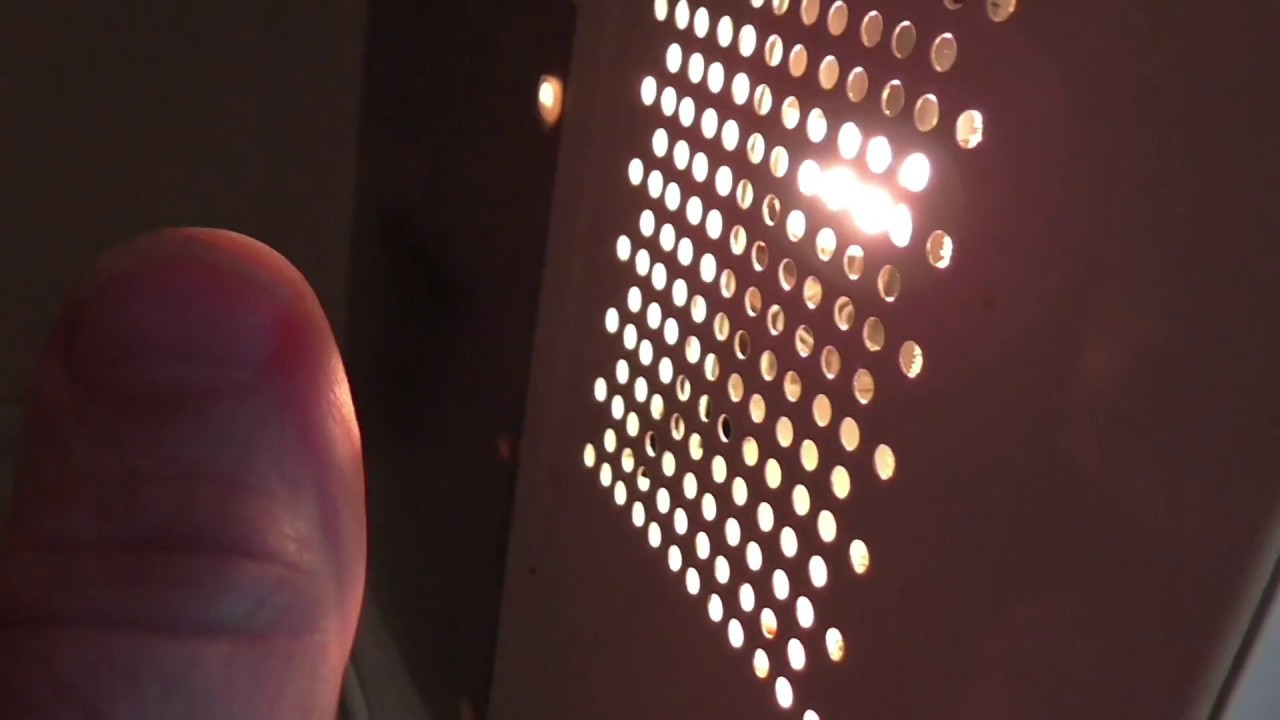
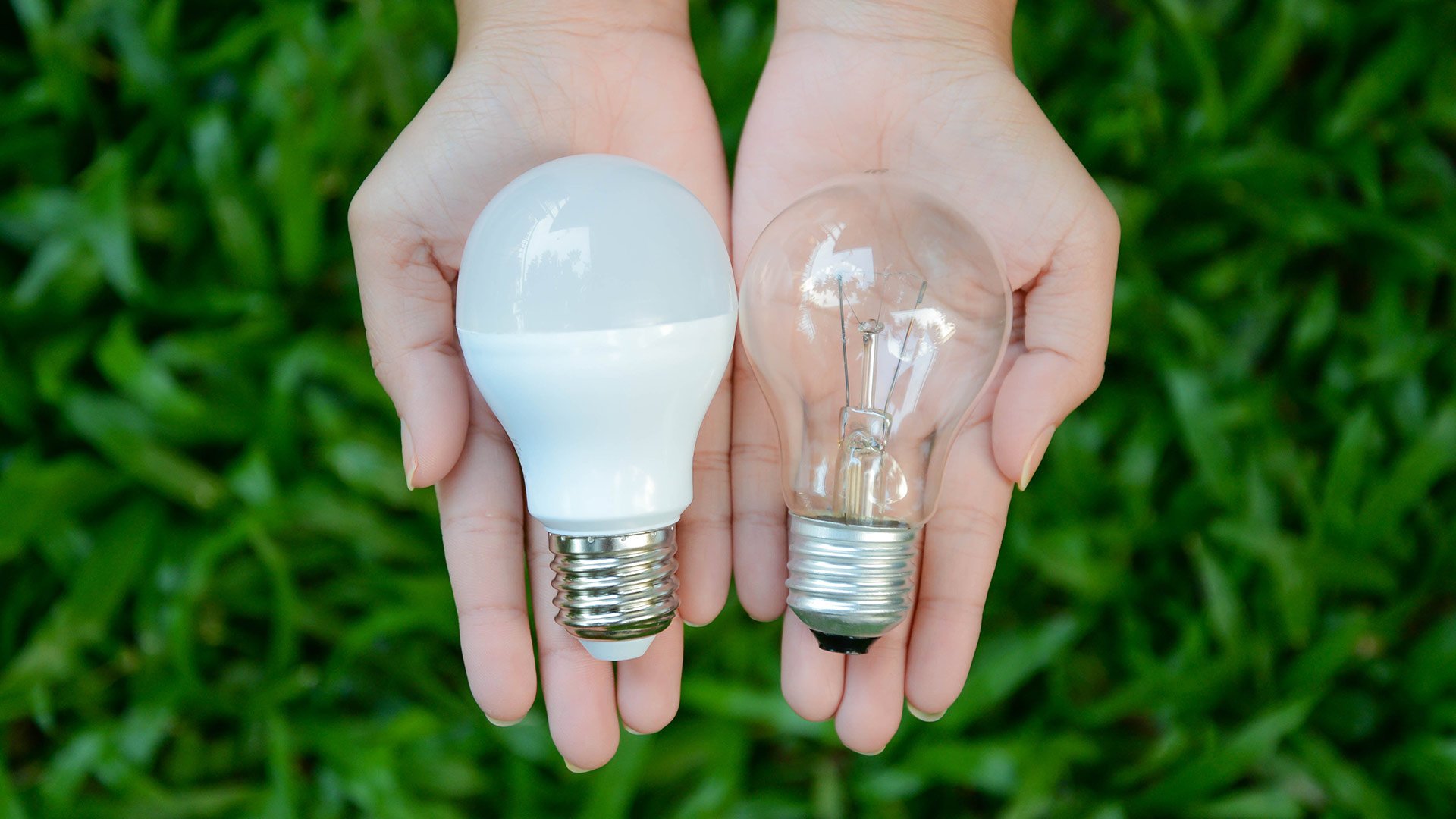
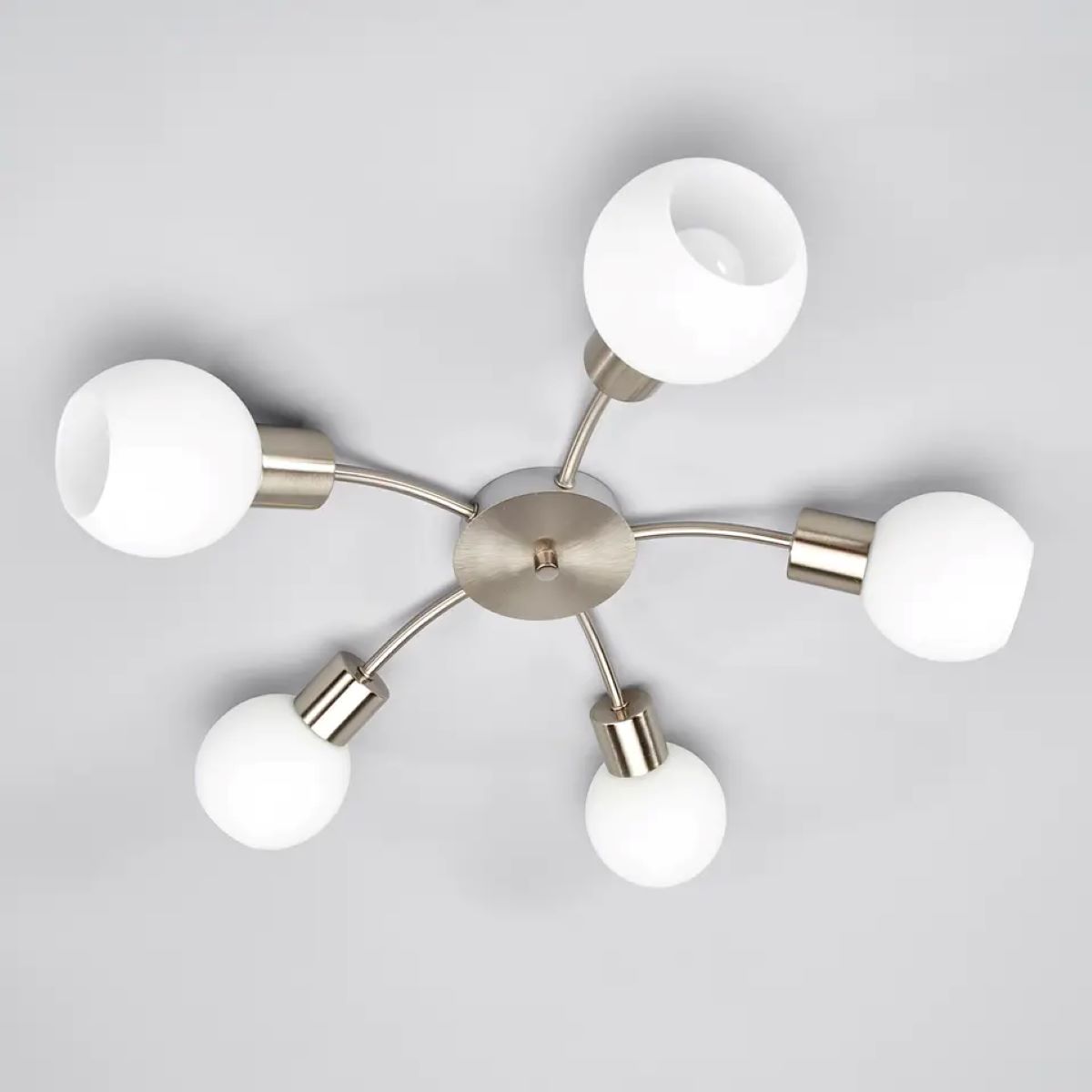
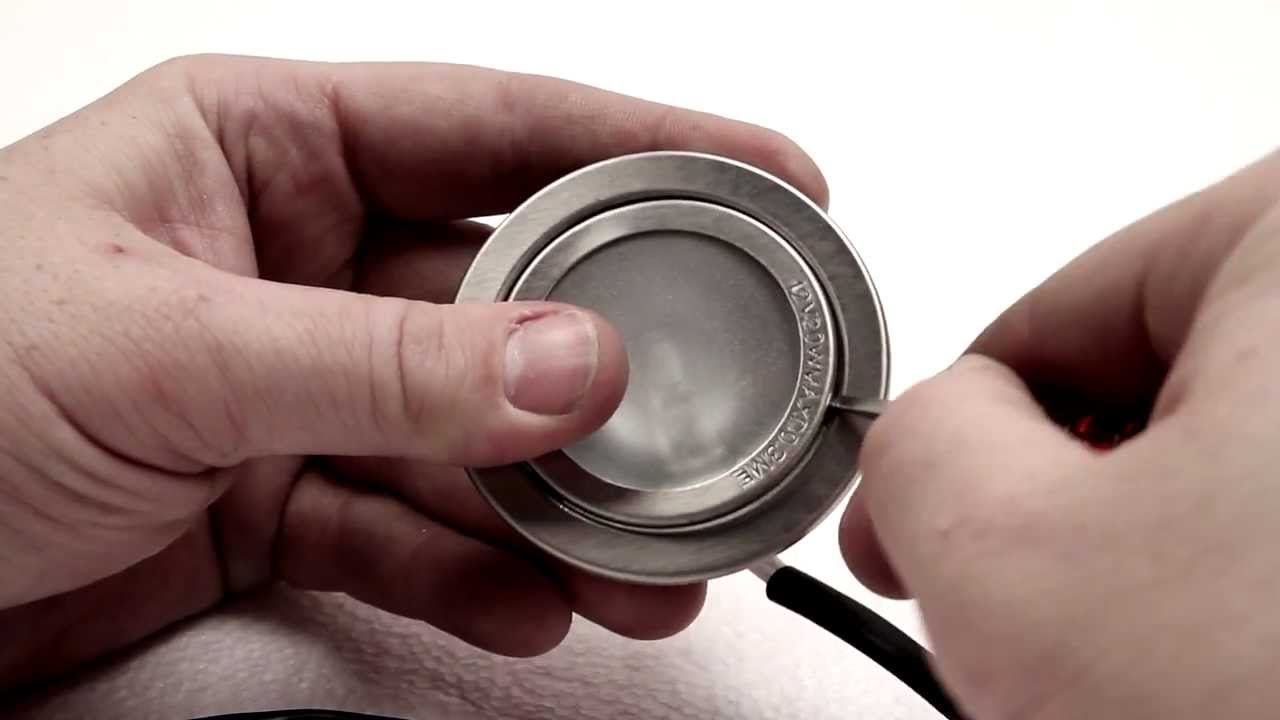
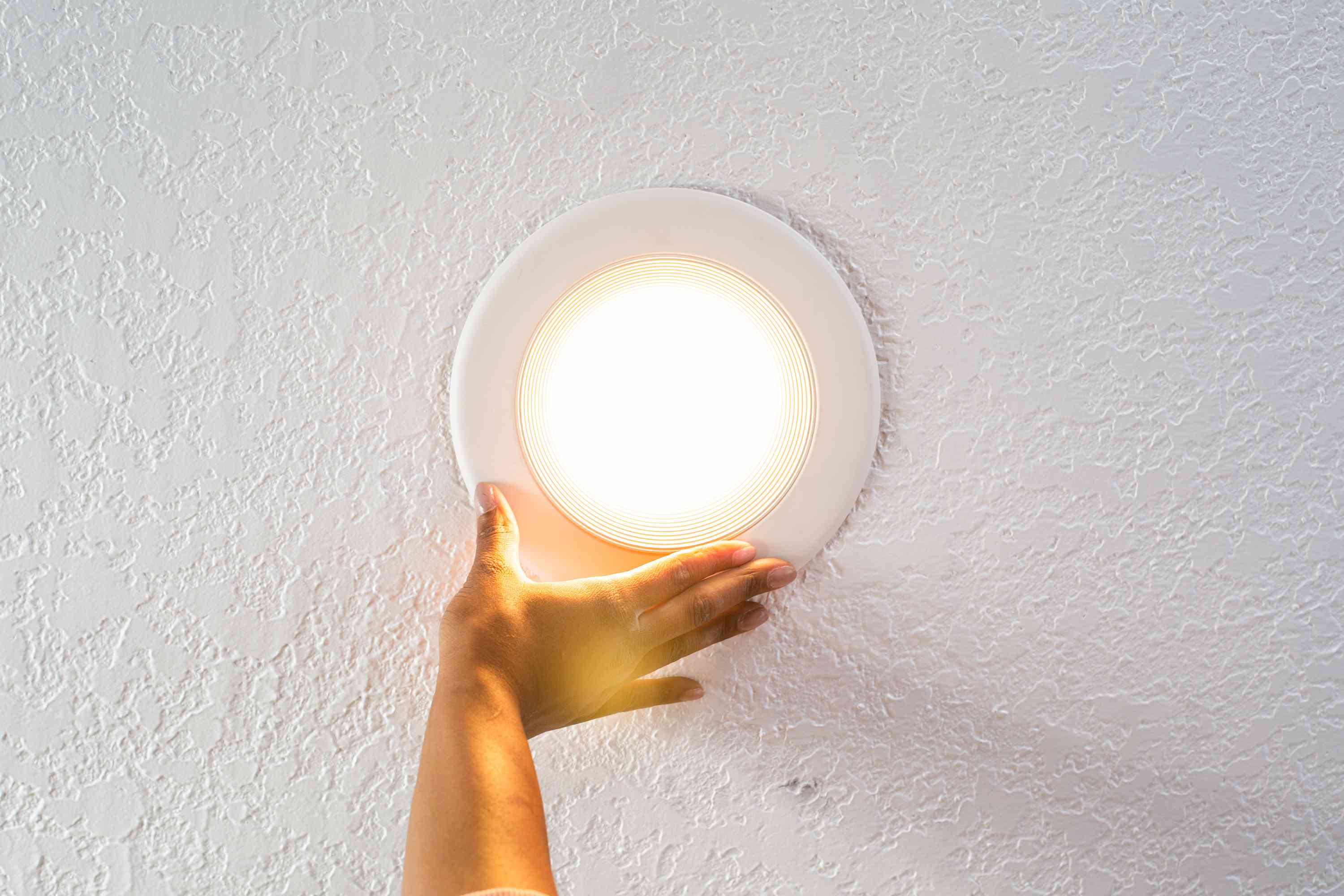
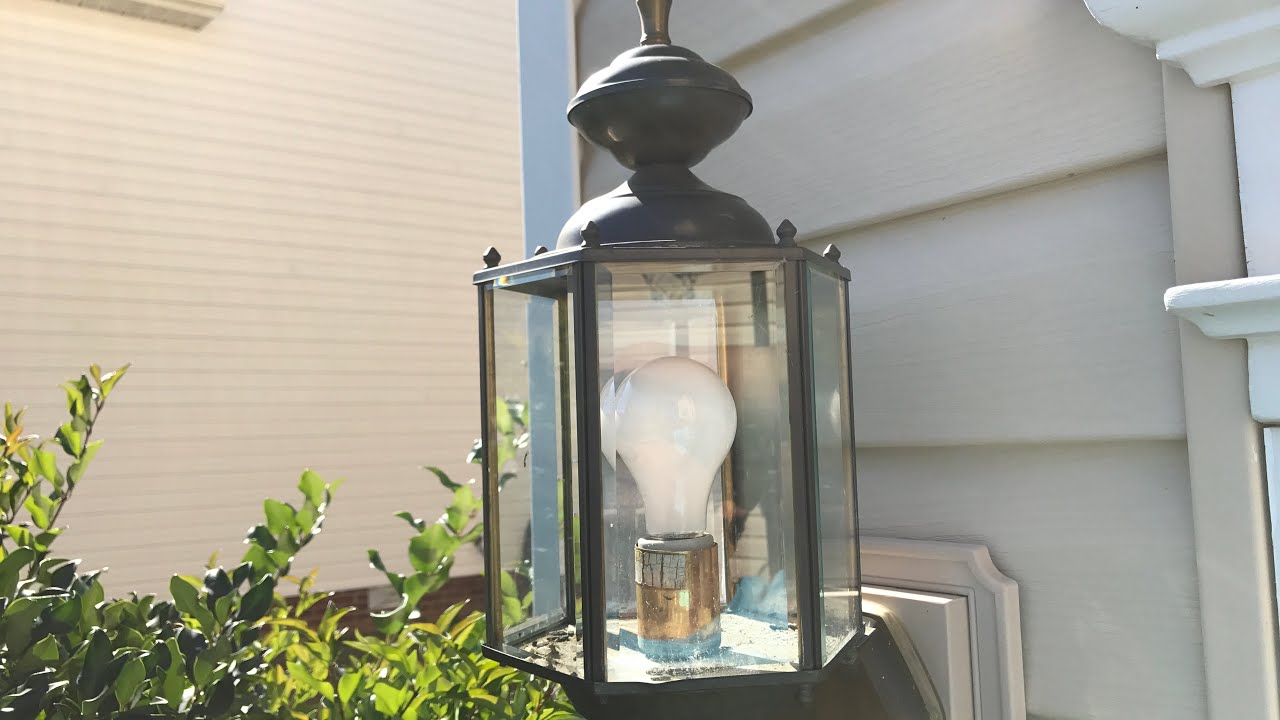
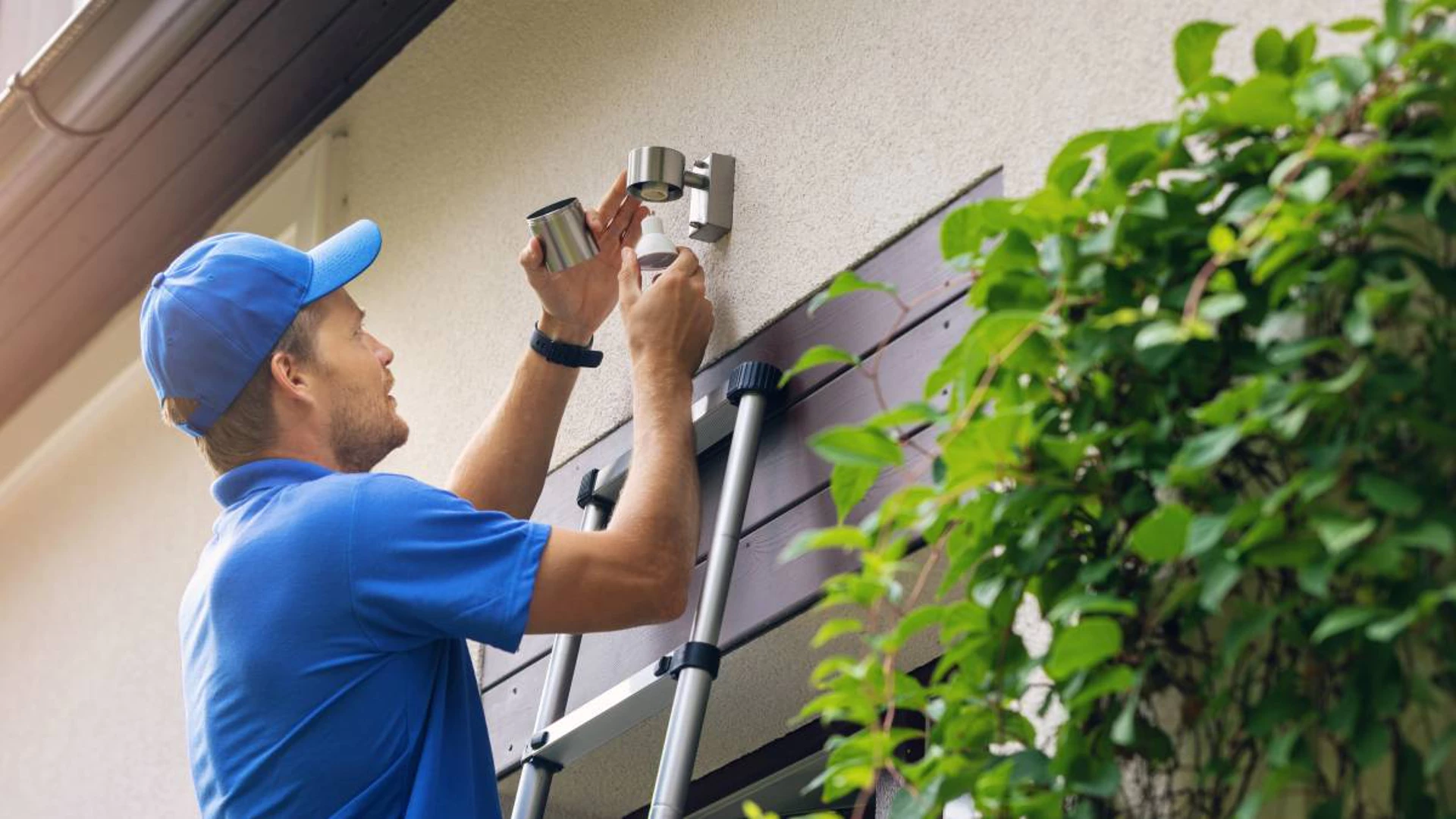
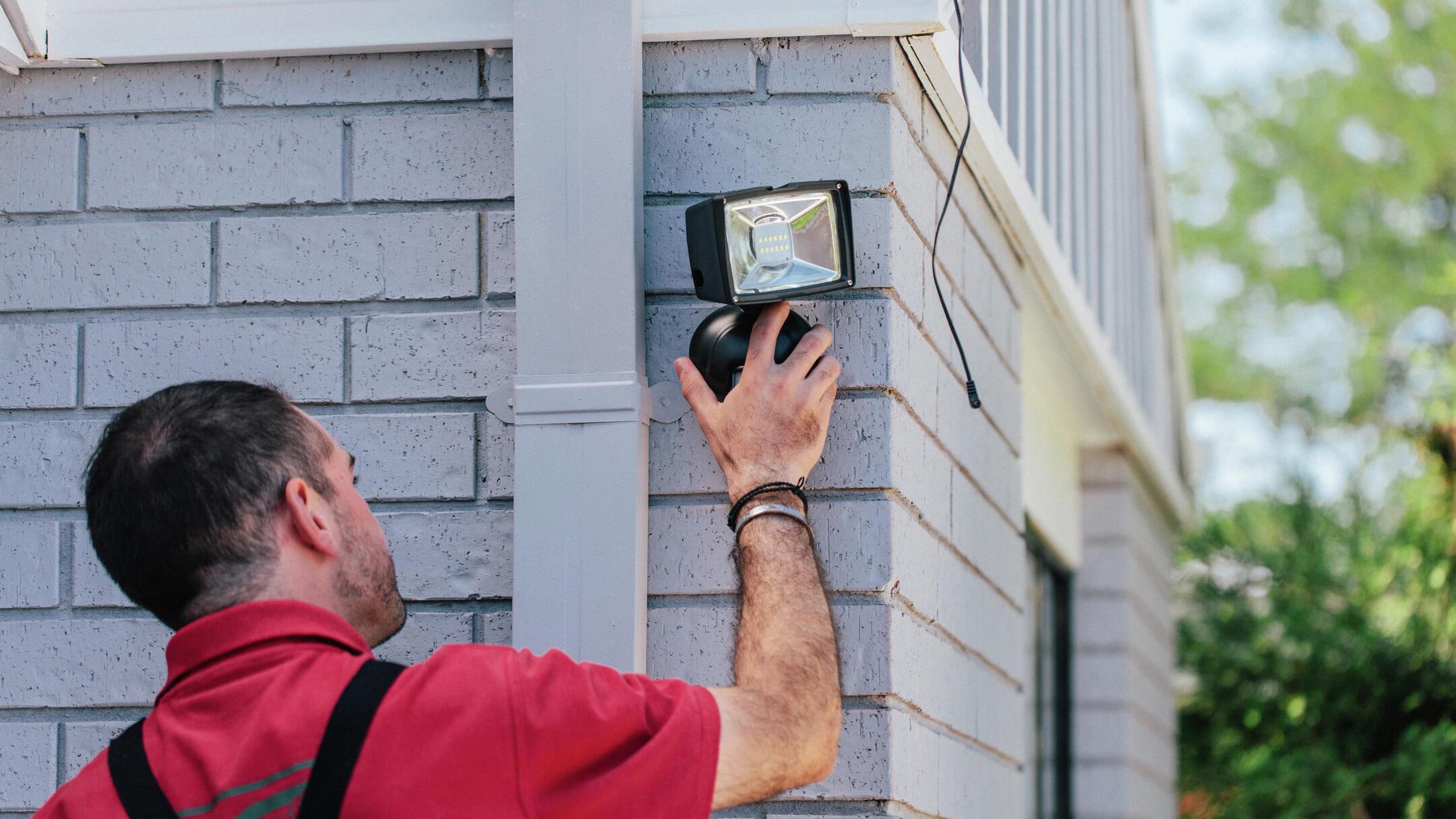
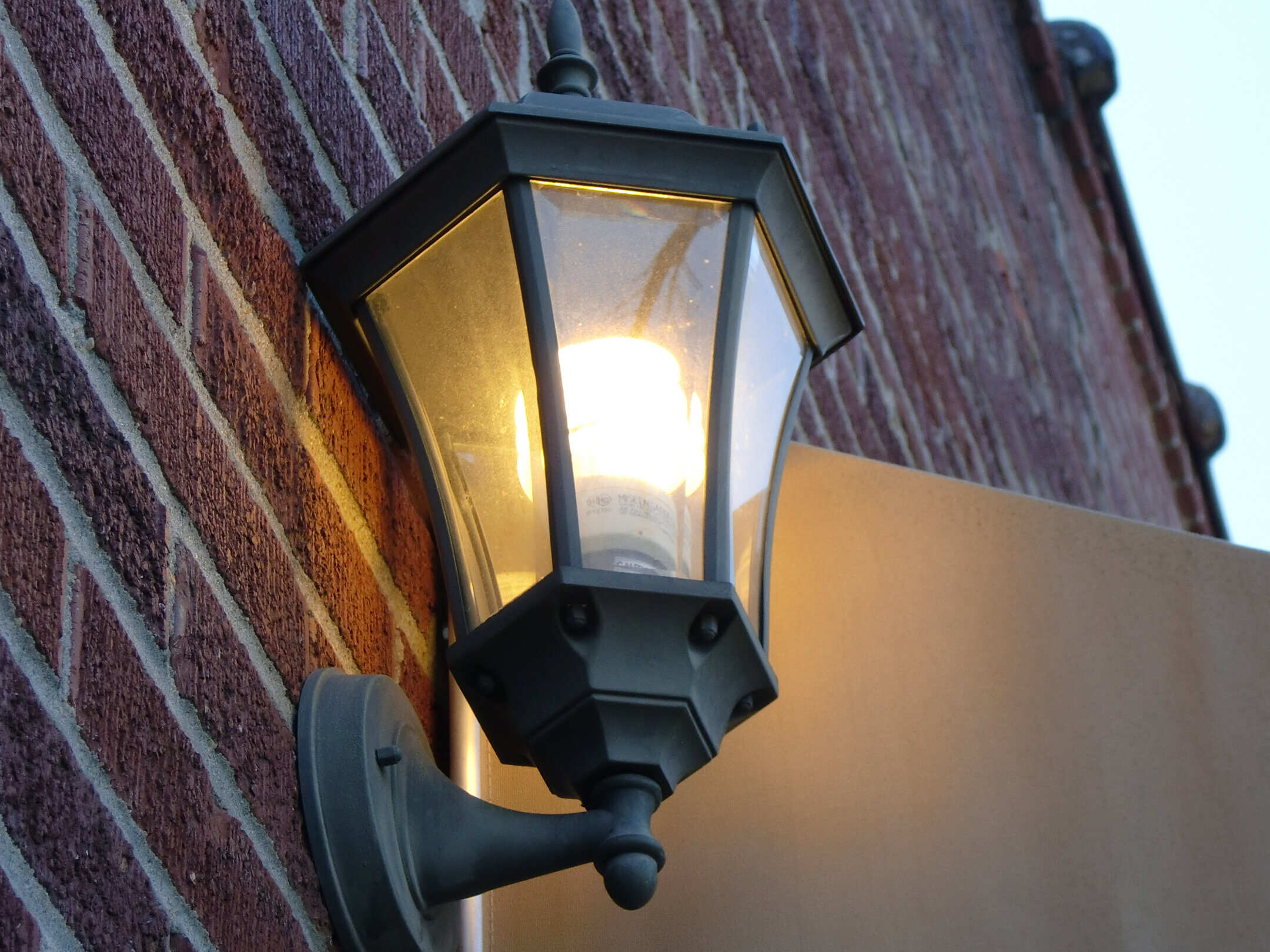
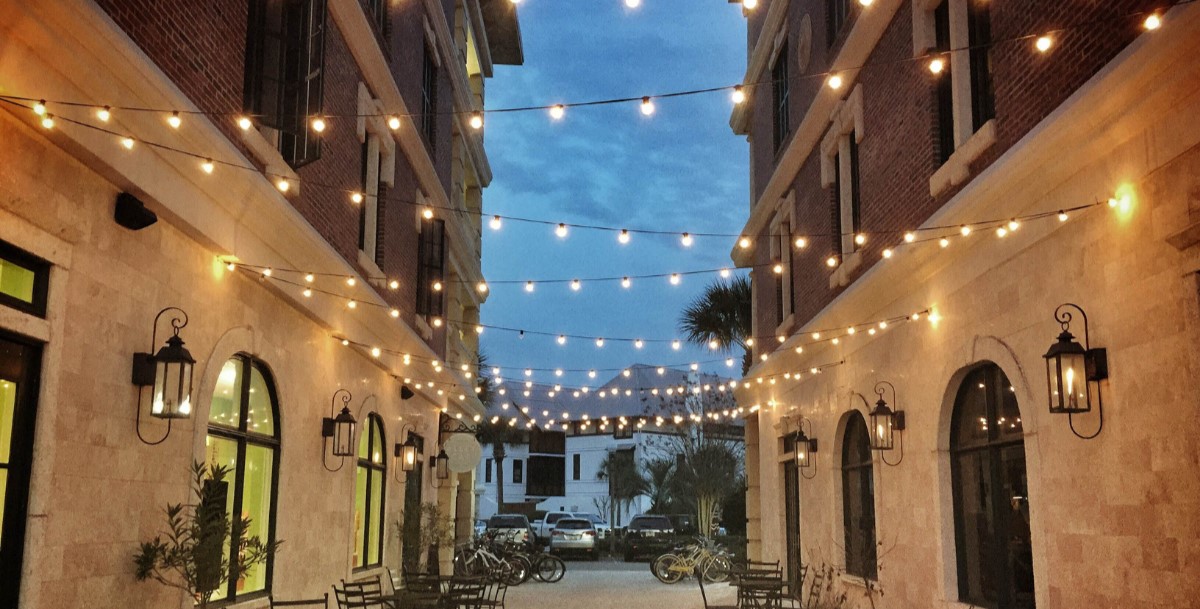
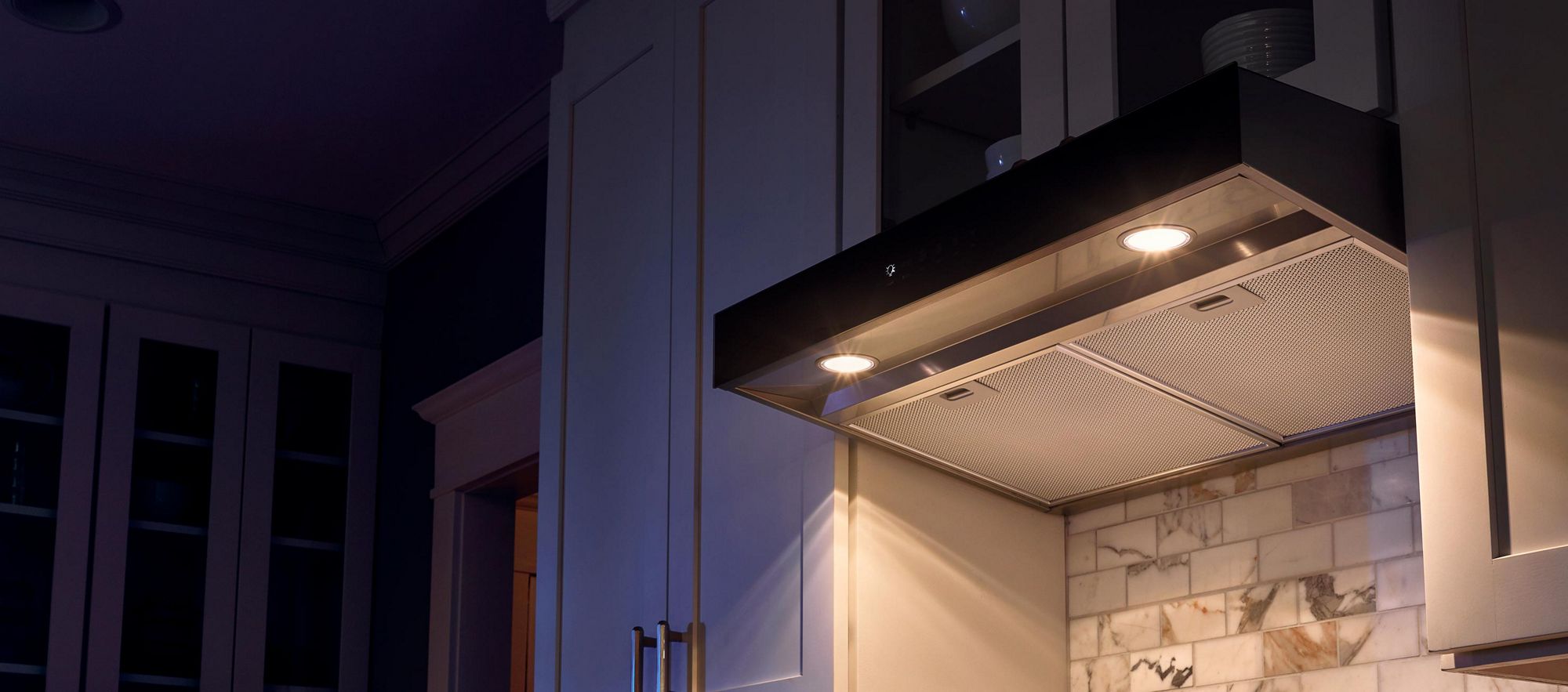
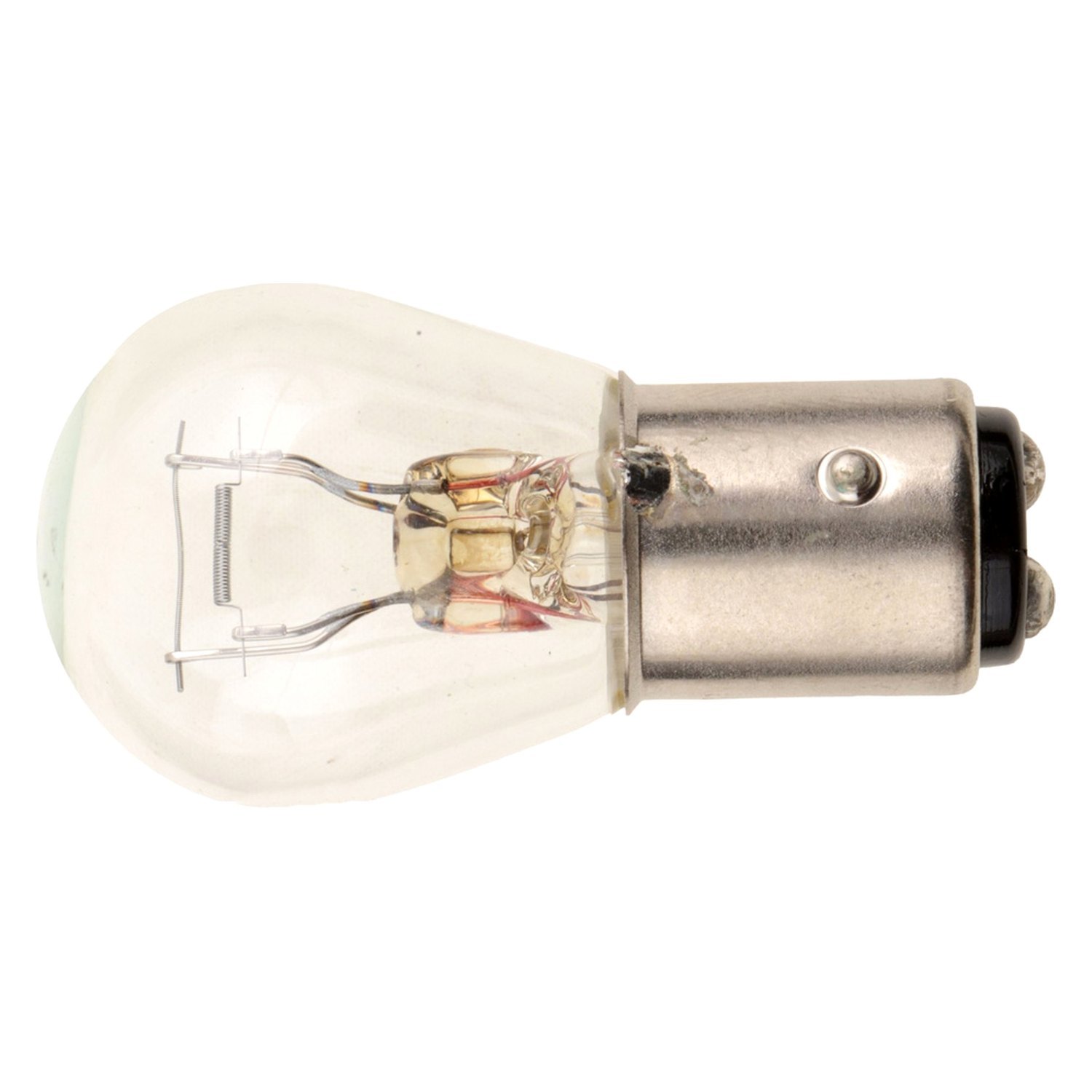
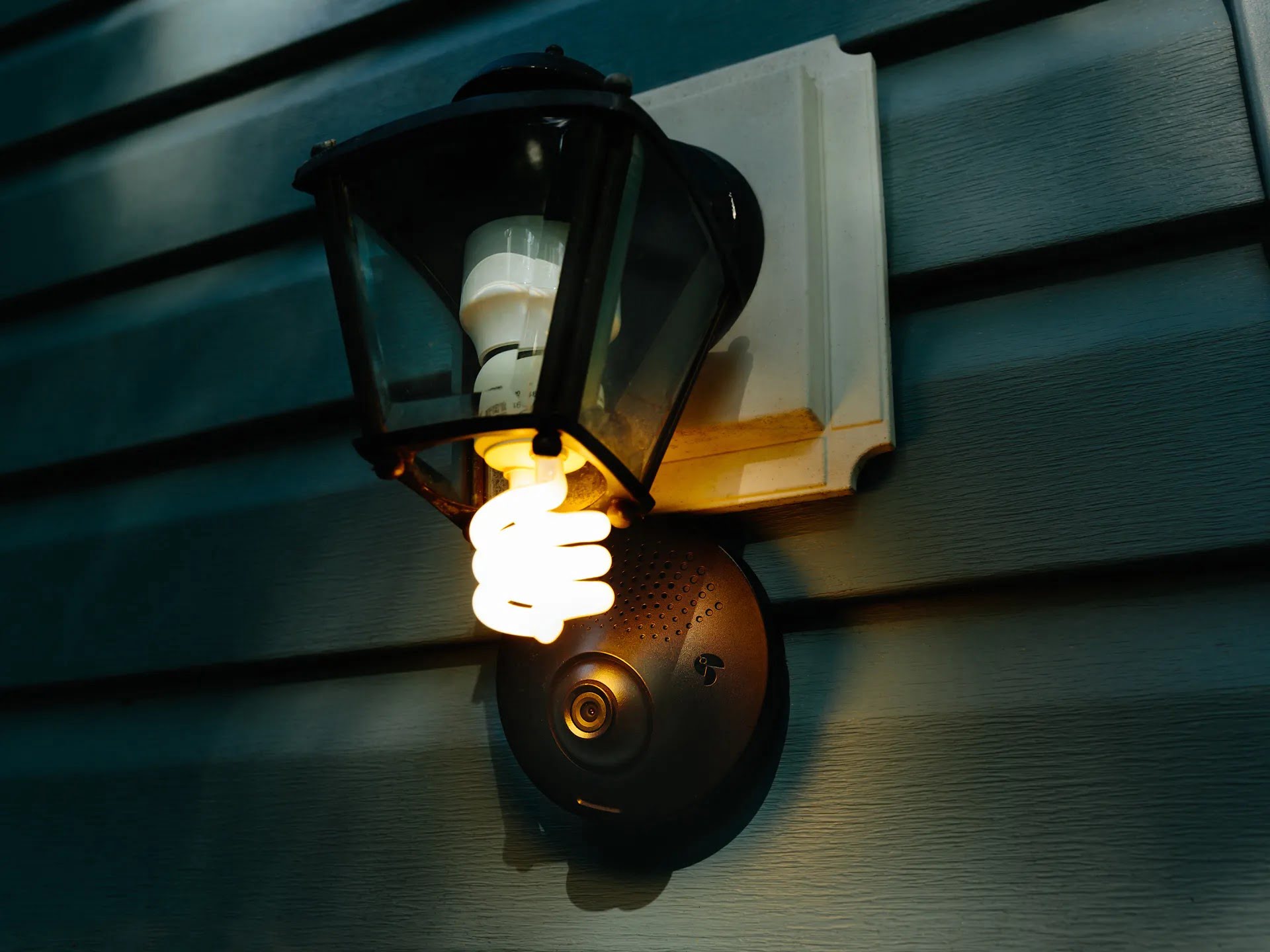

0 thoughts on “How To Replace An Outdoor Light Bulb”